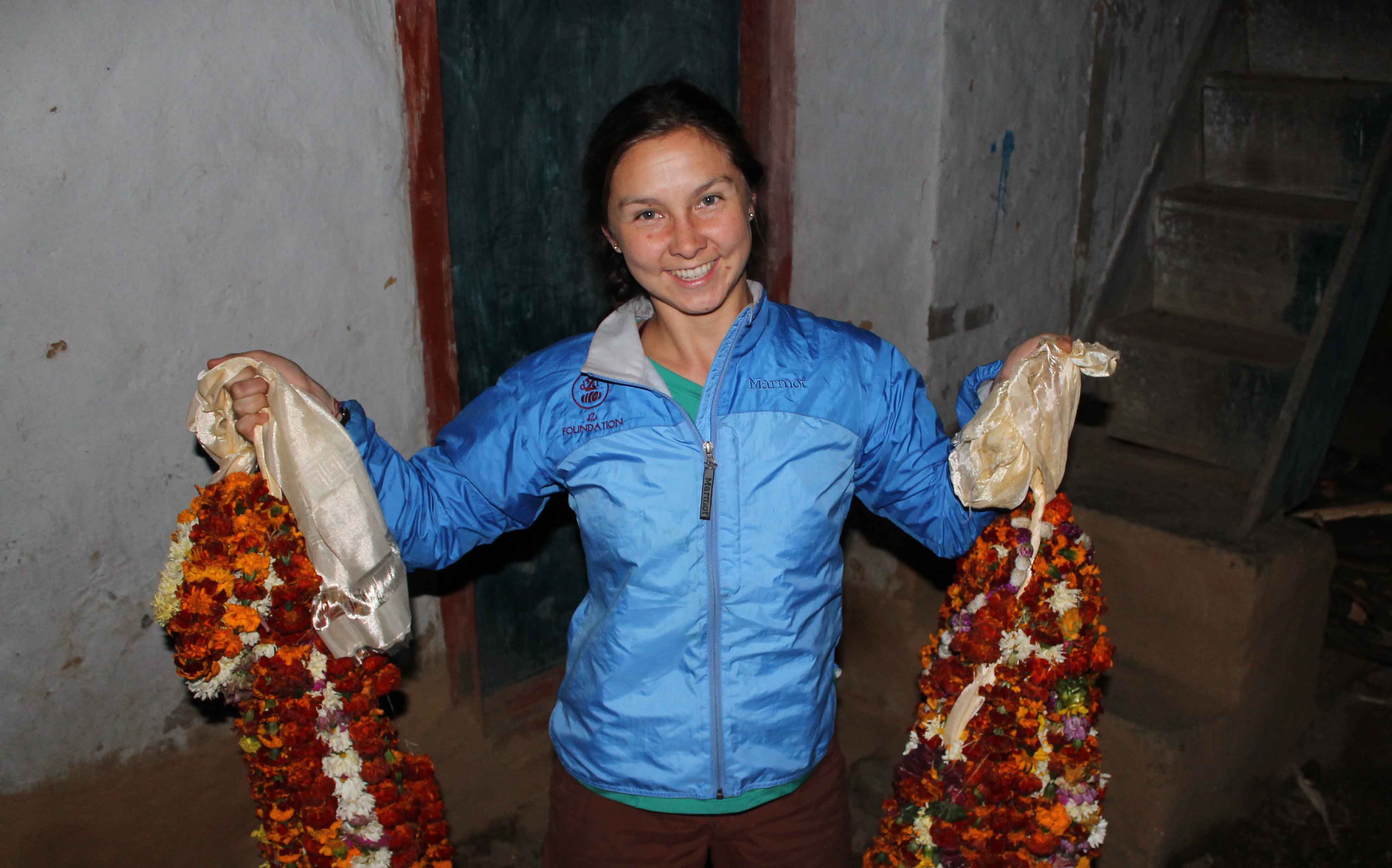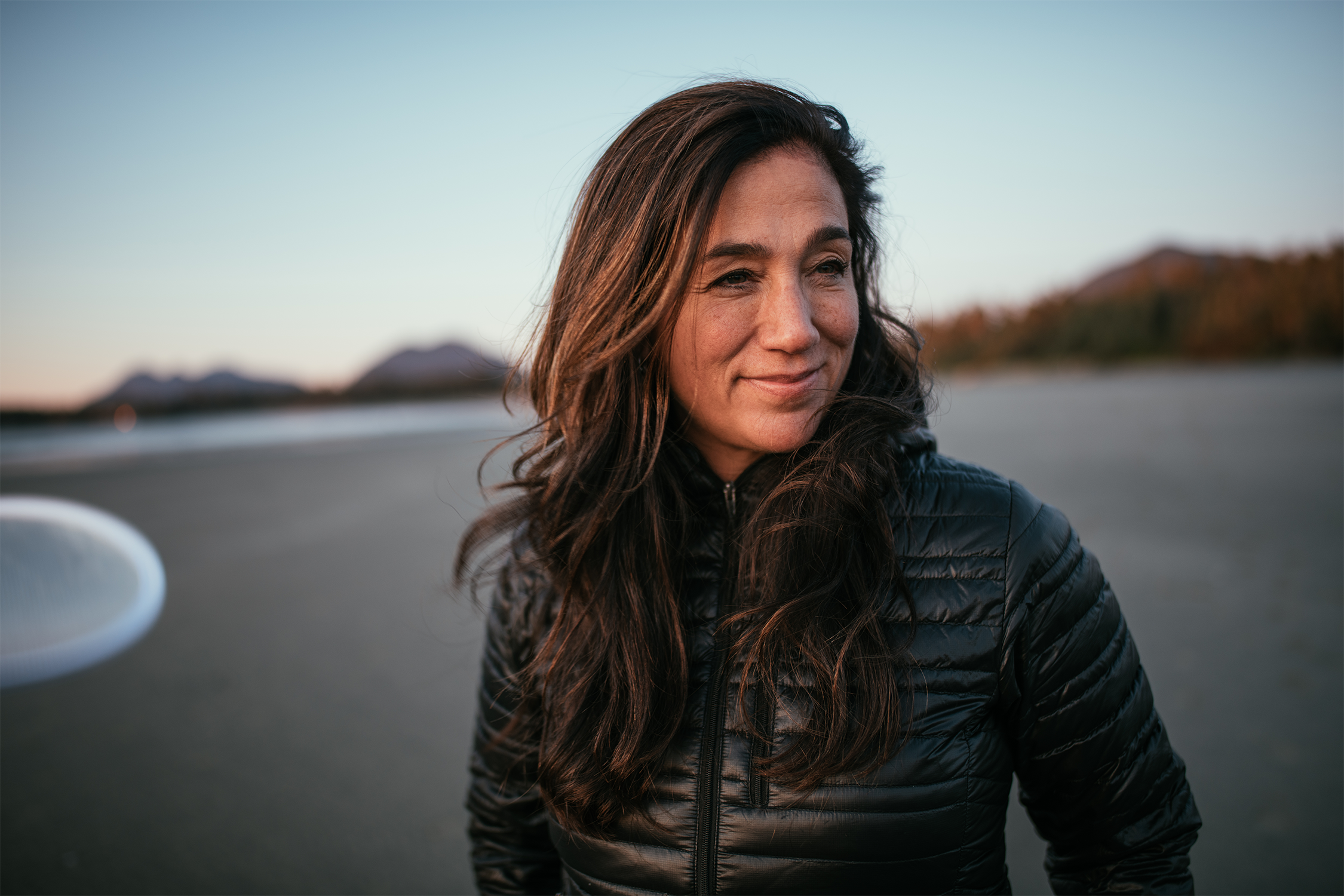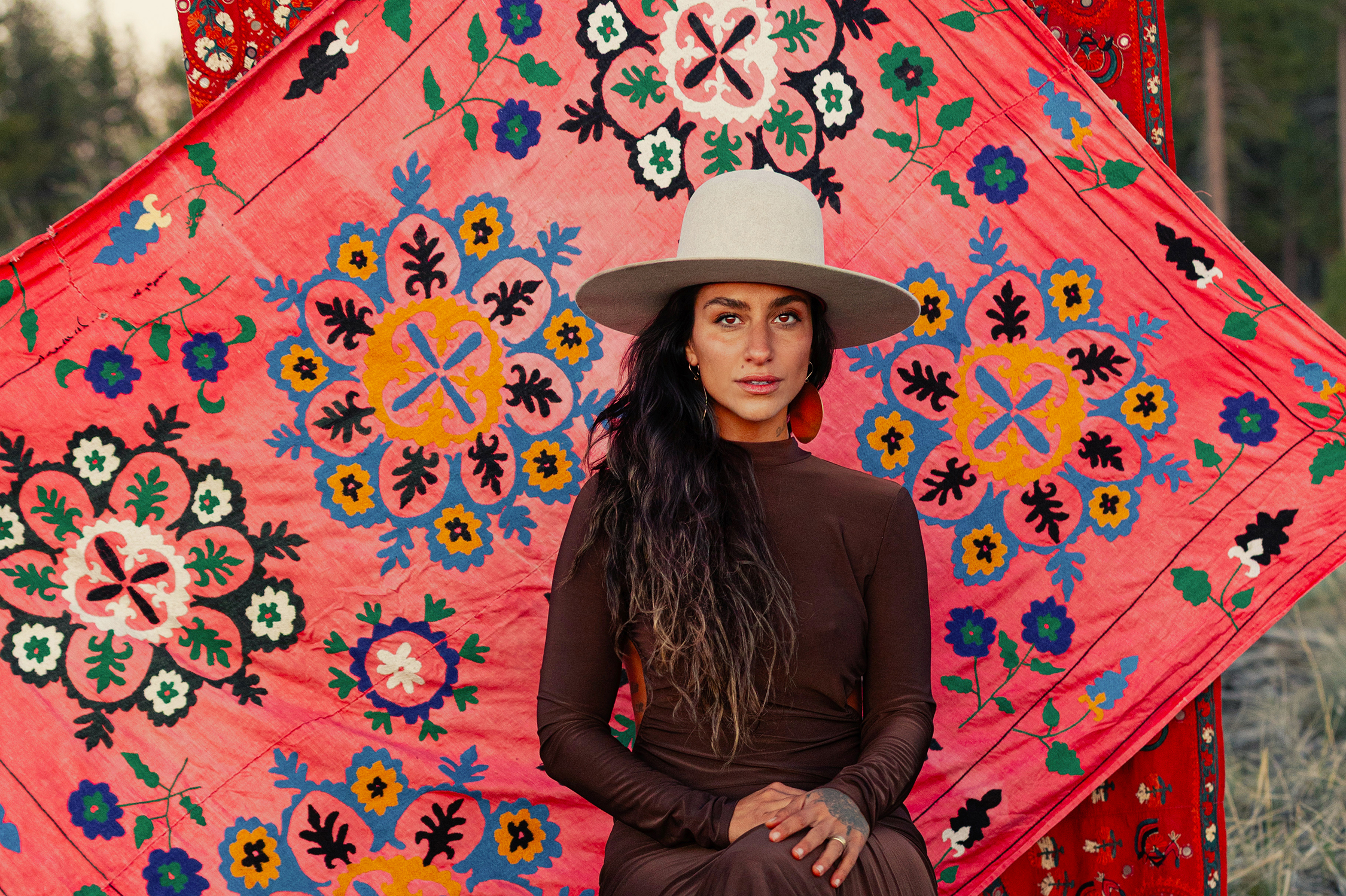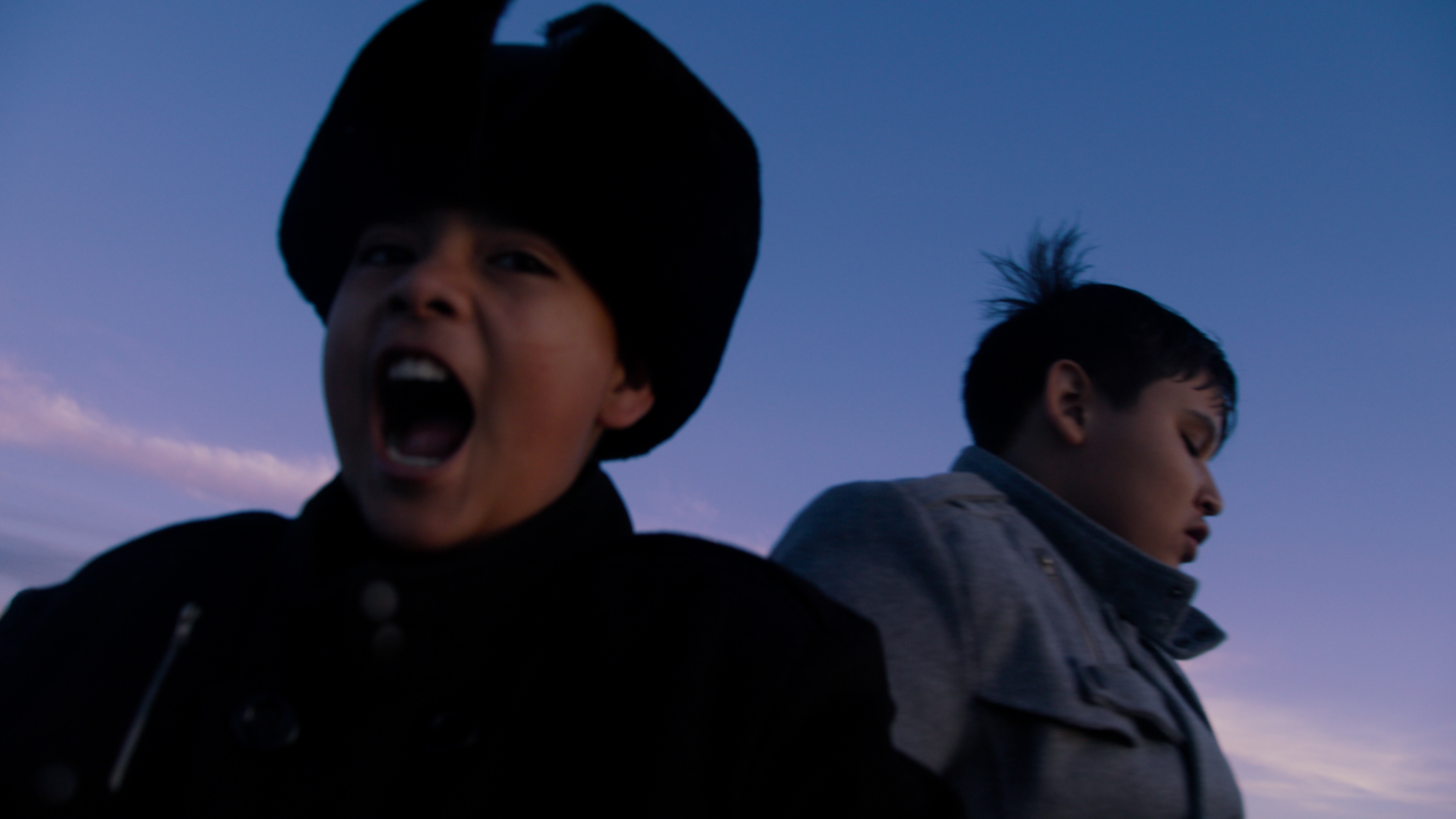
A New Community in Transformation: Update from Nepal
The Awareness into Action series of blog posts originated in 2011 as a way to document ordinary folks attempting to get out there and do good. We began by following a pair of Mountainfilm in Telluride staffers through the setbacks and triumphs of their endeavor to take the inspiration of Mountainfilm and turn it into something tangible in Ghana. Now the series continues as we follow another former Mountainfilm staffer, Lexi Tuddenham, in Nepal.
Before I get going on the next post, a few quick Mountainfilm in Telluride shoutouts:
- Timmy O’Neill is here getting trained to assist in eye surgeries with the Himalayan Cataract Project and Tilgunga Eye Institute. It’s been great to go climbing with him and hear him play bad-ass jazz. That’s right. Now he plays jazz.
- I recently had the privilege of paragliding with Sano Babu, one of the winners of the National Geographic Adventure of the Year award. He flew with my friend Robin Houston, son of the famous mountaineer Charlie Houston, and Sano Babu is the most charming, fun-loving, humble adventurer you’ll ever come across.
- Finally, it’s Everest season, and the Khumbu grapevine murmurs that Conrad Anker, Jake Norton and a few other Mountainfilm regulars are headed up to do the West Ridge. I’m going to do a dinky 6,000-meter peak, but I hope to run across them on the trail!
Now, back to business: Last time (in “Cows, Conflict, dZi: Update from Nepal”), I explained the working philosophy of the dZi Foundation. This blog demonstrates an example of how it plays out.
In the community of Cheskam, I got to see some of the first steps of the dZi Foundation’s Revitalize A Village program put into practice. Cheskam is dZi’s newest community and, with a minimum three-day, ankle-breaking walk from the nearest airport (five days from the nearest road), one of its most remote. Population 4,330, Cheskam is tucked up against the Makalu-Barun National Park in Eastern Nepal on the southeastern flanks of 6,476-meter Mera Peak. The majority of the residents are members of the Kulung Rai, an ethnic group with its own distinct language and culture that originated in this area. They are famous for a waterproof cloth they weave from stinging nettle fibers. (Most of the women walk the paths of the village every day spinning nettle fibers between their teeth. Take that for toughness, Bear Grylls.)
It’s about a day’s walk from dZi’s nearest project area — two miles as the crow flies, but across three rivers and about 5,000 feet of vertical up and down. Last year, after seeing our work in neighboring communities, they approached dZi with a request. After a little hemming and considerable hawing — in what is known as “board meetings,” dZi decided they were a suitable partner.
Cheskam formed community development groups, took part in a proposal writing and social mobilization training, worked together to complete no-input, daylong projects (such as cleaning up a school yard, a local trail or a central water tap), and by the time I was there last fall, were ready to give presentations on their $500 startup project proposals.
Over 30 people had come on foot, some from several hours away, to present their hand-written proposals, each one with a careful drawing of the mill, toilet or community building they had planned, a budget that included both local and dZi contributions, and sections explaining how and why it benefitted their community as a whole. These were better thought-out and executed than
most of the papers I wrote in college and certainly greater labors of love.
The truly remarkable thing, though, was that in their budgets, they had enthusiastically included contributions of labor and local materials that were valued at up to $3,500 — seven times as much as they were getting from dZi. This means that with the dZi $500 start for things like tin roofing or cement that they wouldn’t otherwise be able to afford, they were adding in days and weeks of work to haul and gather local materials, work side by side and get projects done in their community entirely for communal, rather than personal, benefit. This is in an area where hard labor may be valued at as little as $6 a day, and annual yearly income is well under the national average of approximately $400 per year.
The presentations were made entirely by community members, many of them young and from ethnic minorities or women who had never spoken publicly before. And what did I get out of it besides a whole lot of inspiration? About 45 pounds of flower necklaces.
Cheskam is a new community, but in my next post, I’ll talk about the integrative model of development in Sotang, where dZi has worked since the end of the conflict in 2006. I’m headed there next week.


